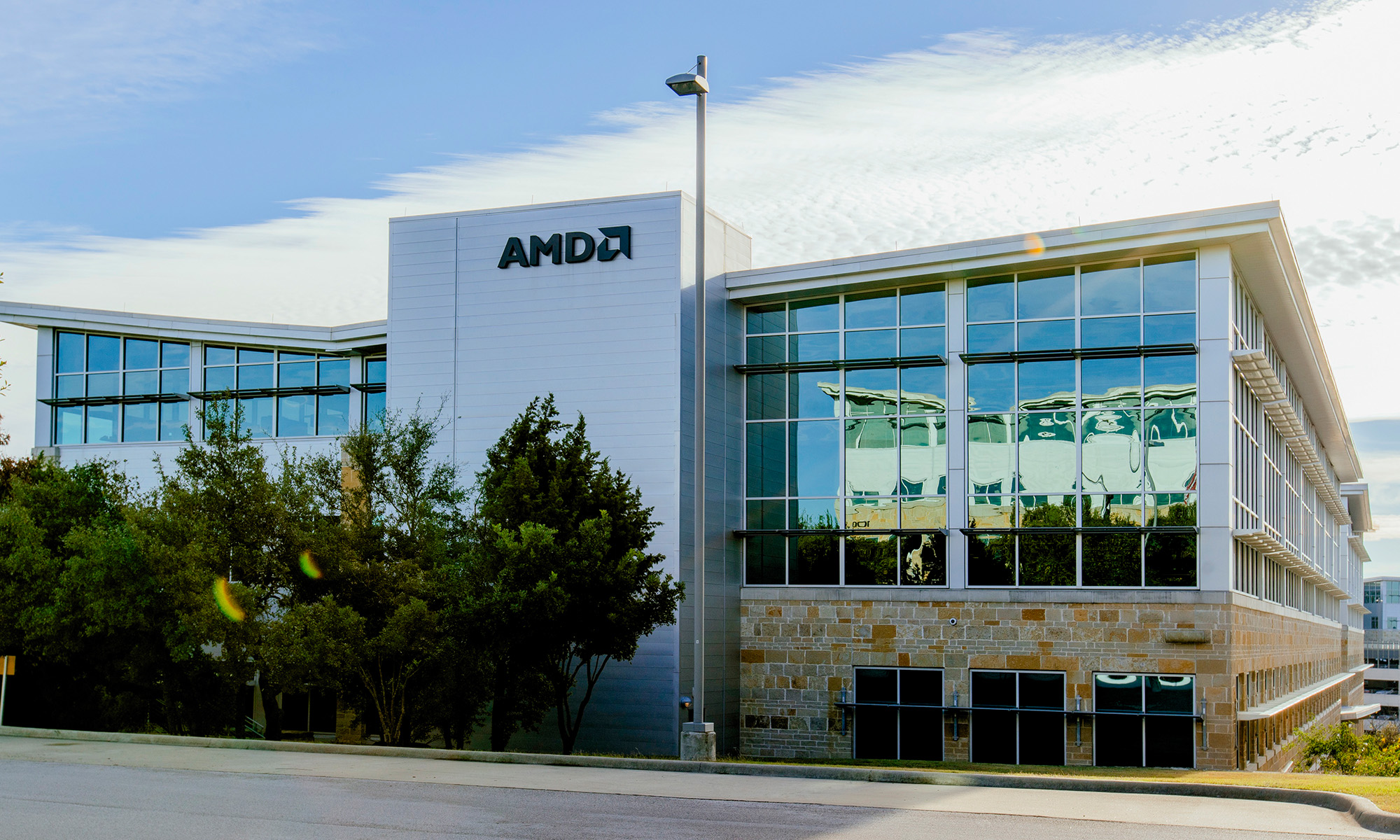Back in 2014, AMD (AMD +1.72%) said the power efficiency of its mobile chips would improve 25-fold by 2020. It recently blew past that "25x20" goal with its "Renoir" Ryzen 4800H mobile chipsets, which boast a 31.7x increase in power efficiency over its "Kaveri" chipsets from 2014.
AMD launched the Renoir chips earlier this year to succeed last year's "Picasso" chips. Renoir marks a big upgrade from Picasso, switching from Globalfoundries' 12nm process to TSMC's (TSM +0.22%) 7nm process and doubling its number of cores to eight. It's also integrated with a Vega GPU for high-end gaming.
The upgrade not only boosted Renoir's power efficiency by 2.92x over Picasso, it also improved its clock-for-clock performance by 15%-20%. It also offers better graphics performance and significantly more memory bandwidth at low power settings.
AMD's new mobile chips are impressive, but will they help it gain ground against its larger rival Intel (INTC 2.81%) in the notebook market?

Image source: Getty Images.
Boosting AMD's share of the notebook CPU market
AMD controlled roughly 16% of the notebook CPU market at the end of 2019, but Digitimes expects its share to hit 20% by the end of 2020.
Two tailwinds could drive that growth. First, Intel has struggled with an ongoing chip shortage for nearly two years. That shortage caused many frustrated PC makers to buy AMD's chips instead.
Second, AMD's Ryzen chips often nearly match the performance of Intel's comparable CPUs at much lower prices. AMD's new Renoir chips will compete against Intel's 10nm "Tiger Lake" chips this year, and early benchmarks indicate the two families remain closely matched in terms of CPU performance, with Intel leading in single-thread performance but AMD winning in multi-thread performance.
Is this bad news for Intel?
Intel isn't sitting idly by as AMD gains ground. It's integrating its new high-end Xe GPUs into its Tiger Lake CPUs, which could counter AMD's integrated Vega chip and eliminate Intel's dependence on NVIDIA's (NVDA 0.29%) mobile GPUs in higher-end gaming laptops.

Image source: Getty Images.
Intel also recently launched its new 10nm "Lakefield" Hybrid CPUs, which target the notebook market with smaller and more power-efficient chips. Those chips primarily counter ARM's advance into the laptop market, but they could also pull PC manufacturers back from AMD.
Intel clearly recognizes AMD as a growing threat, but the latest benchmarks indicate it will be tough to score a decisive win against the resilient underdog.
Why AMD is prioritizing power efficiency
AMD's focus on power efficiency over the past six years should trouble both Intel and NVIDIA. Before AMD launched its 25x20 plan, AMD chips generally consumed more power as the company chased Intel and NVIDIA's performance in the CPU and GPU markets, respectively.
Pulling more power allowed AMD to clock older chipsets at higher speeds -- which enabled it to sell cheaper chips with comparable performance. However, the chips also ran hotter, raised power bills, and drained notebook batteries.
But under CEO Lisa Su, who took the helm in 2014, AMD focused on improving both the performance and power efficiency of its chips. That paradigm shift enabled AMD to launch its 7nm chips before Intel launched its first 10nm chips.
Hitting its 25x20 goal on schedule indicates AMD is still playing offense against Intel. Unless Intel can parry those blows and land a solid punch against Intel, it could continue ceding market share in notebooks, desktops, and even data centers to its nimbler rival.
The key takeaways
With its Renoir chips, AMD achieved a long-term goal and left its legacy of power-hungry chips behind. The APUs won't deal a knockout punch to Intel, but they'll arguably keep the larger chipmaker pinned against the ropes.








